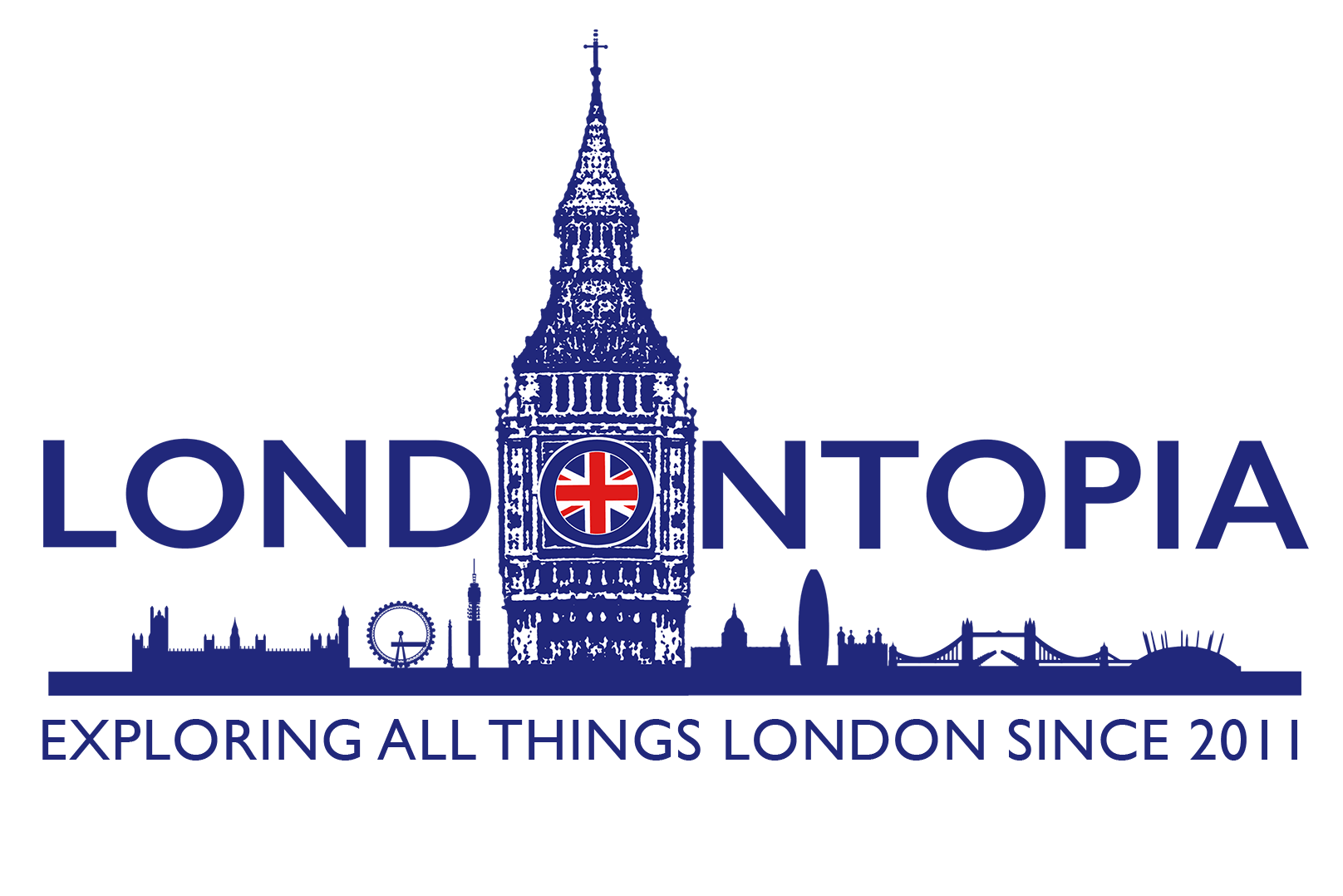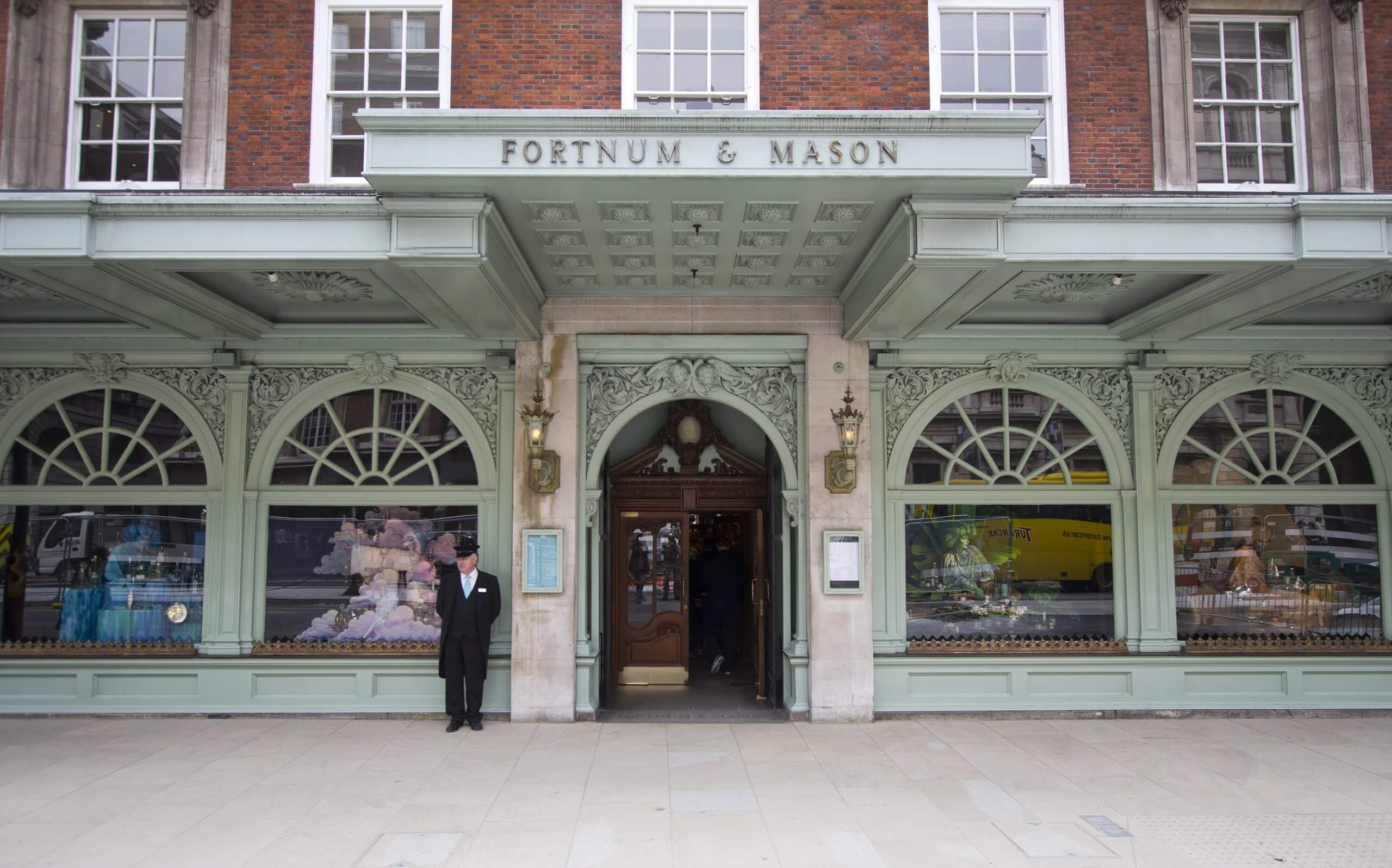The iconic Fortnum & Mason building on Piccadilly is a prominent landmark in London’s West End, boasting a rich architectural heritage that spans over three centuries. This imposing structure, which has housed the renowned luxury goods retailer since 1707, is a testament to the city’s enduring commercial legacy and the evolving architectural styles that have shaped its urban landscape.
The origins of Fortnum & Mason can be traced back to the late 17th century when William Fortnum, a footman in the household of Queen Anne, began selling surplus candles and other household goods from his small premises on Duke Street. As the business grew, it eventually relocated to its current location on Piccadilly, where a modest shop was established in 1707.
It wasn’t until the late 18th century that the building began to take on its distinctive architectural form. In 1776, the original shop was demolished, and a new structure was erected, designed by the architect Samuel Ware. Ware’s design embraced the Georgian style popular during that era, featuring a symmetrical façade with rusticated ground floors and elegant sash windows adorned with pediments.
The 19th century saw further expansions and renovations as the business flourished. In 1824, the addition of a new wing to the east was overseen by the architect Lewis Vulliamy, who seamlessly integrated the new section with the existing Georgian structure. Vulliamy’s contributions included the construction of the iconic entrance portico, with its Doric columns and pediment, which remains a defining feature of the building today.
As the Victorian era dawned, Fortnum & Mason continued to grow, necessitating yet another expansion. In 1855, the firm commissioned the architect John Griffith to design a new wing to the west, creating additional retail space and accommodating the company’s burgeoning workforce. Griffith’s design echoed the Georgian style of the original building while incorporating elements of the emerging Victorian aesthetic, such as the use of polychromatic brickwork and decorative terracotta details.

The late 19th and early 20th centuries witnessed further alterations and renovations, reflecting the changing tastes and commercial demands of the time. In 1907, the architect C.W. Stephens oversaw the construction of a new façade along Piccadilly, featuring a distinctive curved corner bay that became an iconic part of the building’s silhouette.
The mid-20th century brought about one of the most significant transformations in the building’s history. In the 1950s, Fortnum & Mason embarked on a massive restoration and modernization project, enlisting the expertise of the esteemed architect Sir Evan Tanner. Tanner’s vision sought to preserve the historic character of the building while introducing contemporary elements that would enhance its functionality and appeal.
One of Tanner’s most notable contributions was the creation of the striking central atrium, which unified the various wings and floors of the building into a cohesive whole. This light-filled space, crowned by a glazed roof, became the heart of the building, offering visitors a dramatic introduction to the Fortnum & Mason experience.
In the ensuing decades, the building underwent further renovations and updates to keep pace with changing retail trends and customer expectations. However, these alterations were undertaken with great care and sensitivity, ensuring that the building’s historic fabric and architectural integrity remained intact.
Today, the Fortnum & Mason building stands as a remarkable synthesis of architectural styles, reflecting the city’s rich cultural and commercial heritage. From the Georgian elegance of the original façade to the Victorian flourishes of the later additions and the modern interventions that have enhanced its functionality, this iconic structure represents a living tapestry of London’s architectural evolution.
As one of the city’s most beloved retail destinations, the Fortnum & Mason building has become an integral part of the urban fabric of central London.
A Little Bit of London In Your Inbox Weekly. Sign-up for our free weekly London newsletter. Sent every Friday with the latest news from London!



